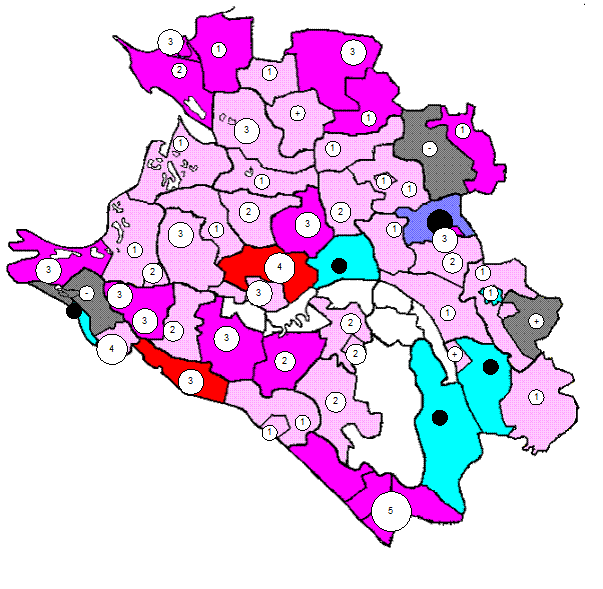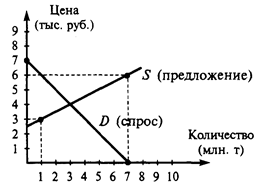Correction
During the accurate reproduction phase, there are two basic correction stages: showing incorrectness (indicating to the student that something is wrong) and using correction techniques. a) Showing incorrectness This means that we will indicate to the student that a mistake has been made. If the student understands this feedback, he or she will be able to correct the mistake and this self-correction will be helpful to him or her as part of the learning process. There are a number of techniques for showing incorrectness: 1. Repeating: Here we simply ask the student to repeat what he or she has just said by using the word ‘again’. This, said with a questioning intonation, will usually indicate that the response was unsatisfactory (although it could be understood as only indicating that the teacher has not heard the student’s response). 2. Echoing: We will be even clearer if we repeat what the student has just said, using a questioning intonation since it will clearly indicate that we are doubting the accuracy or content of what is being said. Sometimes we can echo the complete student response, probably stressing the part of the utterance that was incorrect, for example: Flight 309 ä go to Paris? Another possibility is to echo the student’s response, but only up to the point where the mistake was made, for example: Flight 309 ä go? Echoing, in its various forms, is probably the most efficient way of showing incorrectness. 3. Denial: We can simple tell the student that the response was unsatisfactory and ask for it to be repeated. This seems somewhat drier than the techniques so far discussed; it may be a bit more discouraging. 4. Questioning: We can say ‘Is that correct?’ asking any student in the class to answer our question. This has the advantage of focusing everybody’s attention on the problem, though it may make the student who made the mistake seem somewhat exposed. 5. Expression: Many teachers indicate that a response was incorrect by their expression or by some gesture. This is very economical (and can be quite funny) but can be dangerous if the student thinks that the expression or gesture is a form of mockery. In general, showing incorrectness should be handled with tact and consideration. The process of student self-correction, which it provokes, is an important and useful part of the learning process. Showing incorrectness should be seen as a positive act, in other words, not as a reprimand. Frequently, however, we find that showing incorrectness is not enough for the correction of a mistake or an error and the teacher may therefore have to use some correction techniques. Using correction techniques If students are unable to correct themselves we can resort to one of the following techniques: · Student corrects student: we ask if anyone else can give the correct response. We can ask if anyone can ‘help’ the student who has made the mistake. If another student can supply the correct information, it will be good for that student’s self-esteem. However, the student who originally made the mistake may feel humiliated if this technique is used insensitively. · Teacher corrects student(s): Sometimes we may feel that we should take the charge of correction because the students are extremely mixed-up about what the correct response should be. In that case, we can re-explain the item of the language, which is causing the trouble. This will be especially appropriate when we see that a majority of the class is having the same problem. After the re-explanation, we can move to choral and individual repetition (if necessary) before moving on. The object of using correction techniques, of course, is to give the student(s) a chance to know how to get the new language right. It is important, therefore, that when we have used one of the techniques suggested above, we ask the student who originally made the mistake to give us a correct response. The stages of correction we have shown here are especially useful for accuracy work, where the main focus is grammatical correctness. Another possibility, however, for the immediate creativity stage and for practice activities, is gentle correctness. This involves showing the student that something is wrong, but not asking for repetition.
|




